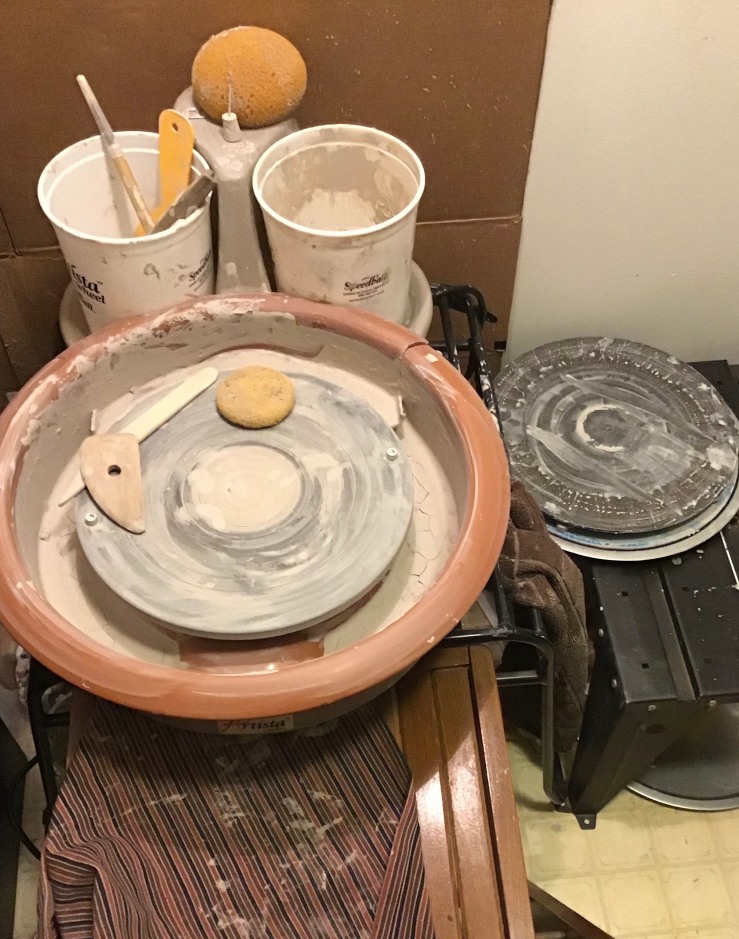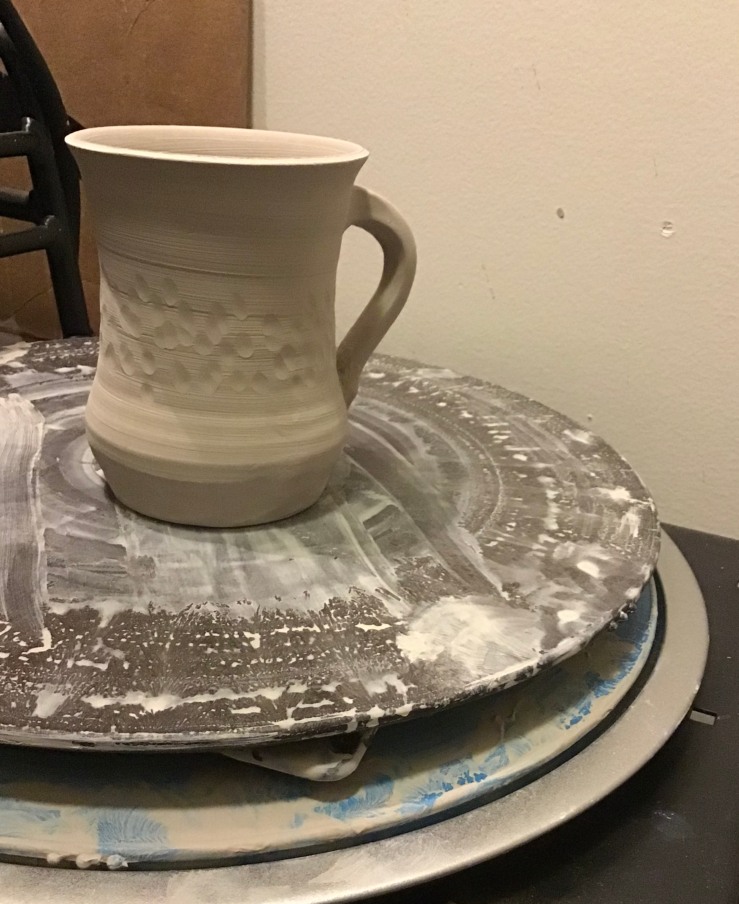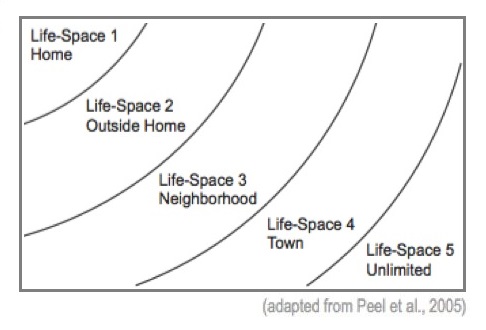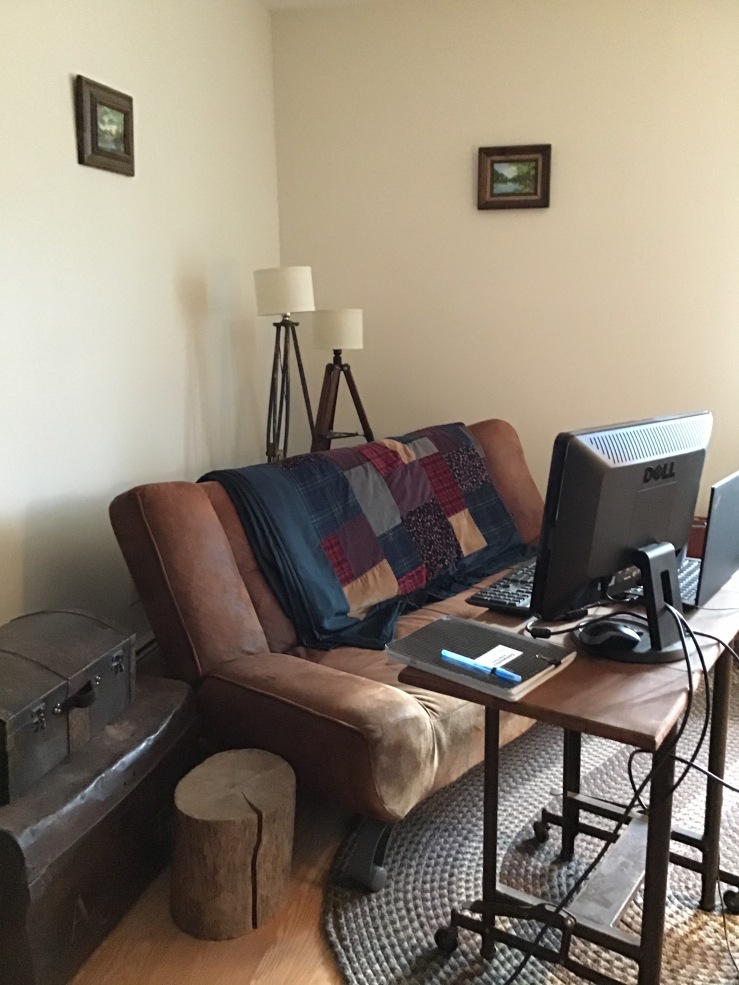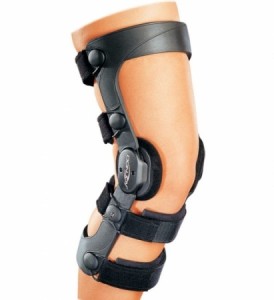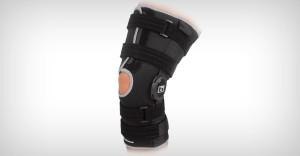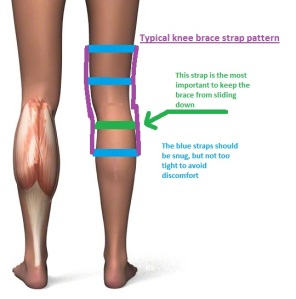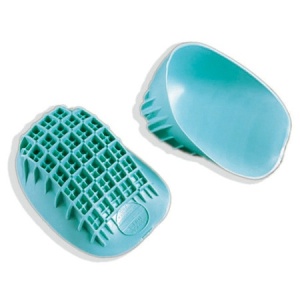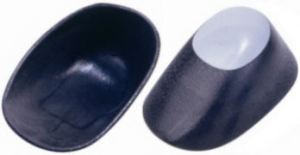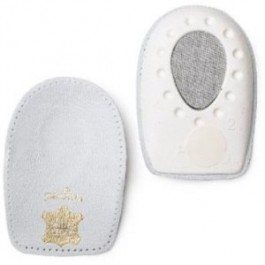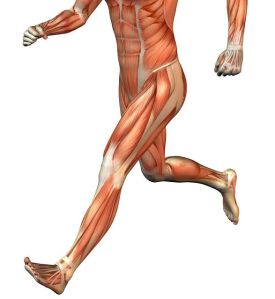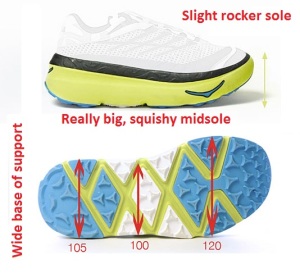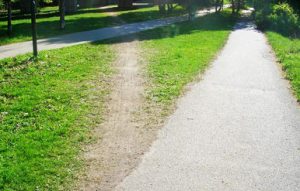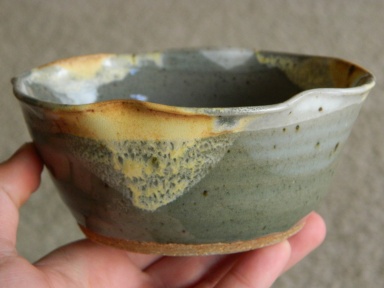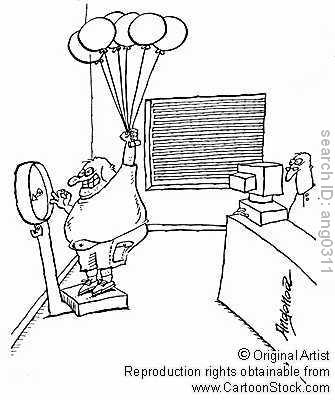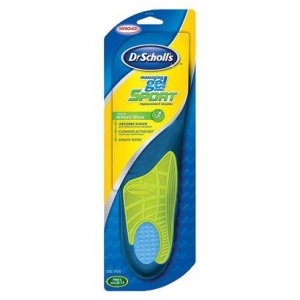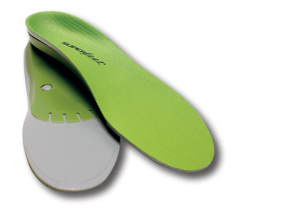We have already talked about the causes of Plantar Fasciitis, and how to counteract those factors with a well-planned stretching program. Let’s go a step further (ha ha) and look at what you are actually wearing on your feet.
What not to wear:
In the Pedorthist clinic where I am working, I do an hour-long consultation with each new patient. I spend only about 20 minutes of that appointment actually looking at their feet. The rest of the time I am examining their shoe collection and watching them walk both barefoot and in various shoe/ orthotic setups. Very, very commonly (like maybe 8 times out of 10) I can pick a pair of shoes out of their collection and say “I am pretty sure that you were spending a lot of time wearing these shoes right before your symptoms started to appear.” (More about that later).
Each step you take in bad shoes can cause damage to your feet, especially to your Plantar Fascia. I look at each step you will take in the future as an opportunity to prevent or even reverse this damage. What you have to do is commit to wearing the right things on your feet. You may have to temporarily sacrifice style, but believe me – it is worth it if your feet don’t hurt.
There are 2 things a foot with Plantar Fasciitis needs: shock absorption, and support in proper alignment. Basically, you are trying to “pamper” your feet in order to reduce the amount of stress and strain on your fascia.
Orthotics:
Sometimes an appropriate shoe can provide everything you need. But if you have an underlying biomechanical issue, such as extreme pronation or supination you are probably going to need some additional help from orthotics.
Custom orthotics made from a mold of your feet are the industry ideal (I tell my patients that they are the “Cadillac” of the orthotics world). But they tend to be really expensive (avg. $400). For those of us who aren’t ready to shell out that kind of dough, there are a wide variety of over-the-counter supports that can be helpful.
Two of my favorite products for this situation are: (Both brands are intended to prevent excessive pronation, but are somewhat effective for slight supinators.)
– Superfeet – the durable plastic shell can hold up to heavy hiking and athletic activity, they are best suited for wide, low arched feet. Buy these for about $40 all over the internet and in many sporting goods stores.

– Birkenstock Blue – These cork inserts are best for medium to high arch feet and they come in 3 widths. Their most unique feature is the built-in metatarsal arch support. These should cost about $70, they are hard to find in actual stores, you will probably have to buy them online.
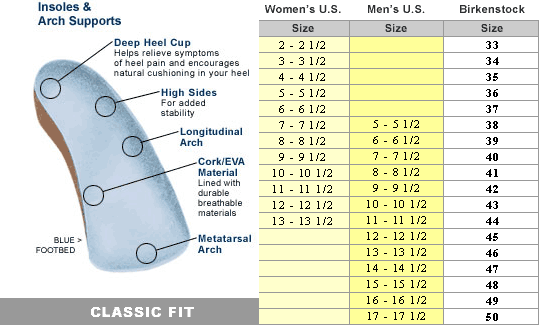
http://stores.walkpro.com/catalog/birk2.gif
Shoes:
Remember how I claimed that I could usually tell which shoes caused the Plantar Fasciitis flare up?
Here are the common denominators between those bad shoes:
1. They are worn out
Shoes are not like a fine wine – they do not improve with age. If they look worn out, they probably are. DON’T KEEP WEARING THEM!!! Trust me, it is much cheaper to buy a new pair of shoes then it is to pay all the appointment copays and orthotic expenses after the damage has been done. And another thing, don’t save your new shoes for “special occasions” because then you end up wearing your old ones all the time while the new shoes sit in your closet in pristine condition and your feet grow steadily worse. That is like eating the rotten apples out of the bushel first, and when you finally get to the good ones – they’ve gone bad too!
2. They do not fit well
I am only going to say this once (actually, that is probably not true…): Buy shoes that fit you. The widest part of your foot should fit into the widest part of the shoe. You should have about 3/8 to 1/2” of room to spare between your longest toe and the end of the shoe. Buying shoes any larger than that allows your foot to move too much inside the shoe – you aren’t getting enough support. Also, do not buy your shoes too small. Your toes should not touch the end of the shoe when you step down; your foot needs room to expand as you put your weight down on it.
3. They show significant compression of the midsole
I showed you this alignment trick in a previous blog:

Put your shoe on a flat surface and make sure that it doesn’t lean too much from side to side. If you do notice an angle, the chances are that you have packed out the foam in the midsole. Look closer and you will probably notice a network of very thin compression lines in the foam; this is usually most noticeable in the heel of the shoe.
4. They have a week heel counter
5. They have a poor level of torsional stability
I am going to lump both of these last two problems together, because they are most frequently found in the same type of shoe – namely: minimalist footwear. Now this is neither the time nor the place for me to go off on an anti-minimalist rant, but let me just say that these shoes don’t work for everyone. Most people just need a bit more support.

http://drshoereviews.com/2012/09/
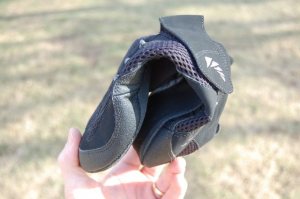
http://www.runnersworld.com/community/forums/runner-communities/barefoot-running/first-pair-of-minimalist-shoes-picture
See the problem? If you can fold your shoes up into a pretzel, it is probably a good indication that they are not going to “pamper your fascia” by providing either shock absorption or support. Throw them out like the rotten apples that they are…
Below is a little cheat-sheet of shoe anatomy just in case you got lost in any of those terms:

Following are 3 of my favorite choices for a Plantar Fasciitis recovery shoe. If you are serious about getting better, then you are going to need to pull out all the stops: get fitted for orthotics (OTC or custom, depending on your issues), ACTUALLY DO YOUR STRETCHES, and get yourself a good, sturdy pair of shoes to wear. For your convenience, these shoes are arranged in order according to their level of correction and their degree of ugliness. Pick your poison:
– Brooks Ghost:
The Ghost is a luxury shoe. The cushioning is superior, which helps to take some of the strain off of your fasciitis. This is a neutral shoe, so it won’t correct your alignment much – it is best for those who just slightly supinate or pronate, and people who aren’t too heavy.
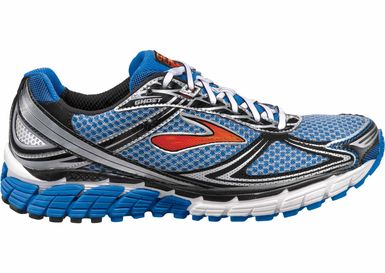
http://www.brooksrunning.com/Brooks-Ghost-5-Mens-Running-Shoe/1101191B068.080,default,pd.html?start=1&q=ghost
– Asics Gel-Evolution 6:
This is a beefy anti-pronation shoe. I would recommend it only if you are sure that you are a pronator. The vast majority of people who develop Plantar Fasciitis experience some degree of excess pronation, so I feel comfortable recommending this shoe here. The sole has dual density foam that is more firm on the medial (arch side) of the shoe. This design is intended to reduce pronation at heel strike. Asics’ signature gel in the heel provides nice shock absorption and the thick midsole is very supportive.

http://www.asicsamerica.com/footwear/running-shoes/gel-evolution-6-t164n-womens/
– NEW BALANCE 587:
I know, I know…it’s as ugly as sin. But you know what? It is the ultimate in both support and durability. One of the few shoes that works just as well for both pronators and supinators, it is as steady as a rock and it has a high heel elevation that helps to reduce any amount of pulling from tight muscles in the back of your legs. Just tell yourself it is only for a short time – I promise, a few months after you start feeling better you can move to something a little more fashionable.

http://www.newbalance.com/New-Balance-587/W587,default,pd.html
Well, if you have a long enough attention span to reach the end of this blog – you are to be congratulated: you are either in serious Plantar Fasciitis pain or you have a lot of time on your hands. I hope this shoe/ orthotic advice was helpful to you. Throw out those rotten apples, buy yourself some good footwear and walk well.



